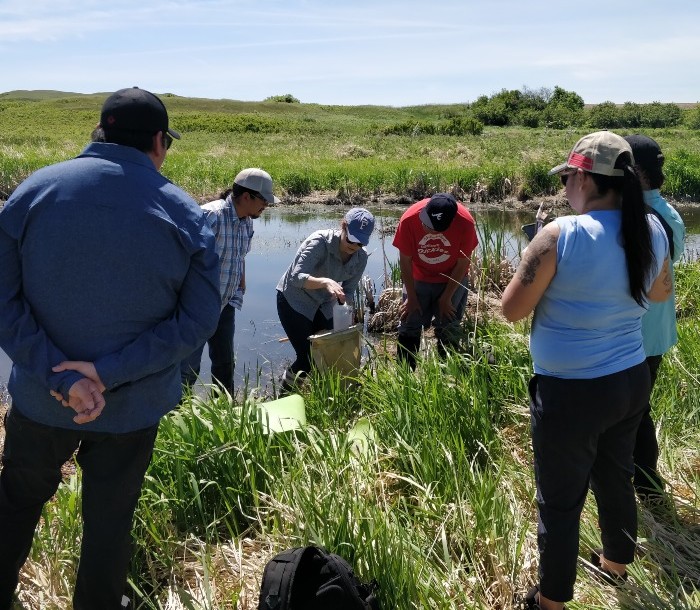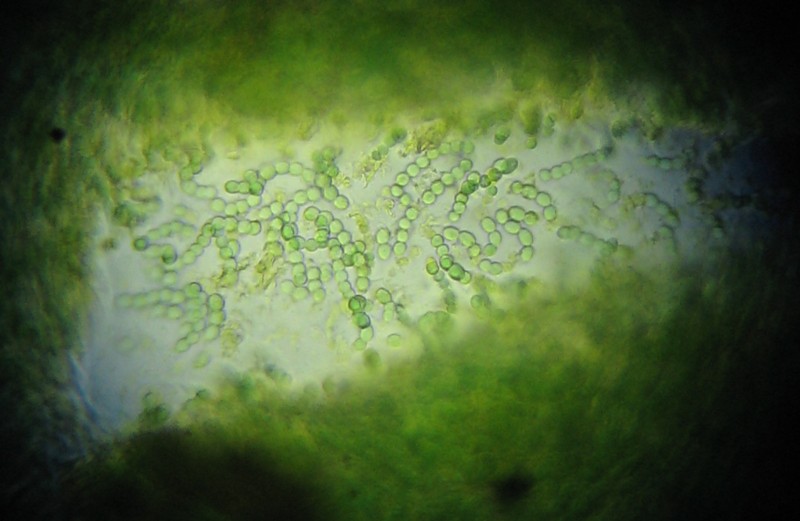
Targeted Monitoring Programs
Overview
We develop unique monitoring programs for unique needs.
Our Ecosystem Health Program monitors groups such as plants, mosses, and mammals to predict how their populations are changing. But not all species and questions we have about their ecology are captured by this type of monitoring. Thus, we develop and implement customized protocols at targeted sites to address specific monitoring objectives.
The two approaches are complementary: targeted programs can strengthen the analysis of ecosystem health data by supplementing information on habitat types that do not frequently occur on the core sampling grid.
Regional Monitoring
We develop methods for regions with unique stressors or environmental conditions. Answering some monitoring questions requires finer-scale spatial or temporal data collection than the Ecosystem Health Program; environmental sensors may need to be deployed to target specific habitat features; or environments may be sparsely distributed and thus sparsely captured within the Ecosystem Health Program.
Since 2003, the ABMI has been visiting locations in the Oil Sands Region to understand regional cumulative effects on biodiversity in the region.


We partner with groups to monitor species or regions of particular interest to them. We also support Indigenous communities in developing and implementing monitoring protocols to answer community-driven questions.
Our Community-Based Monitoring and Engagement unit works with Indigenous communities interested in developing and implementing biodiversity monitoring.
The ABMI is collaborating with Dr. Rolf Vinebrooke at the University of Alberta, the Alberta Lake Management Society, Alberta Health, Alberta Health Services, Alberta Environment and Protected Areas, Environment and Climate Change Canada, Associated Environmental Consultants Inc., the Pigeon Lake Watershed Association, Lac La Biche County, and the Wabamun Watershed Management Council to better understand these blooms.
With every piece of data we are able to better understand the status of species, large and small. Visit our reports to find out more.
Technological Innovation
Technological innovation helps us monitor more cryptic species. We incorporate new technologies like environmental sensors, develop and evaluate new field protocols, and contribute to emerging methodological fields in the realm of environmental DNA or genomics-based approaches to species monitoring.
In the spring of 2020, the ABMI initiated a pilot project with Innotech Alberta to explore the effectiveness of environmental DNA (eDNA) technology for monitoring amphibians in wetland habitats.
The Peltigera project aims to expand our understanding of Peltigera lichen diversity in Alberta through genetic markers. Building on the research done by global Peltigera experts, we hope to use genetic data to both verify our identifications and detect new species to the province.

Nostoc, microscopic view. Peltigera Project. Photo: Diane Haughland
